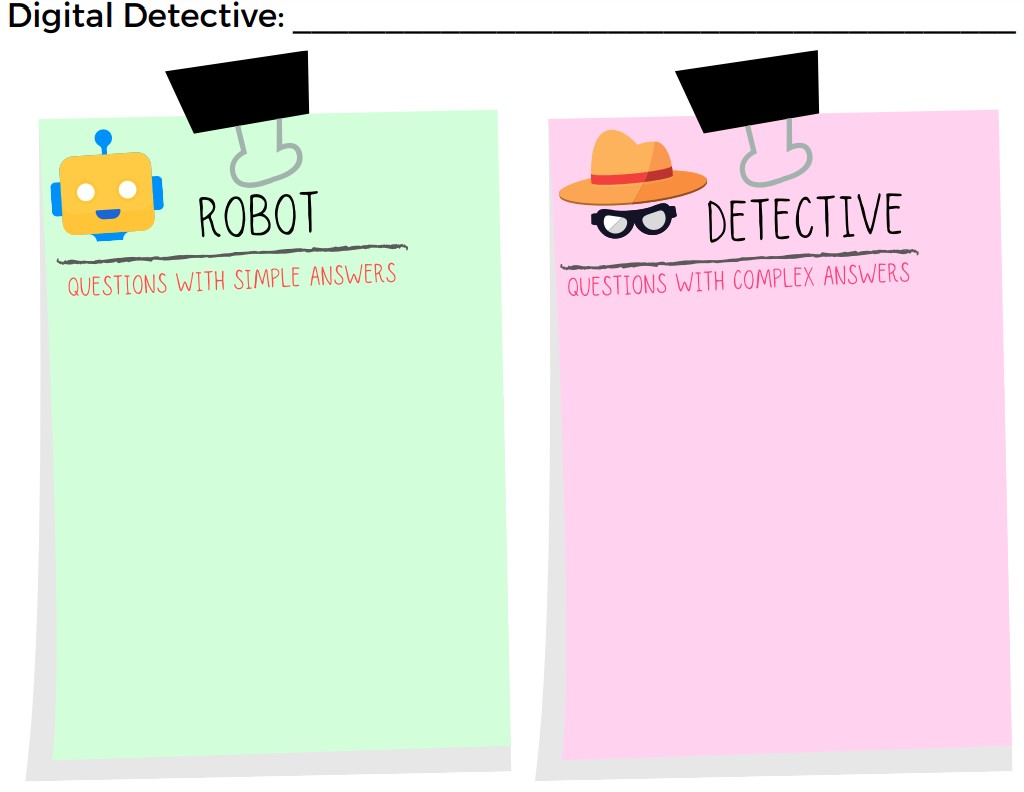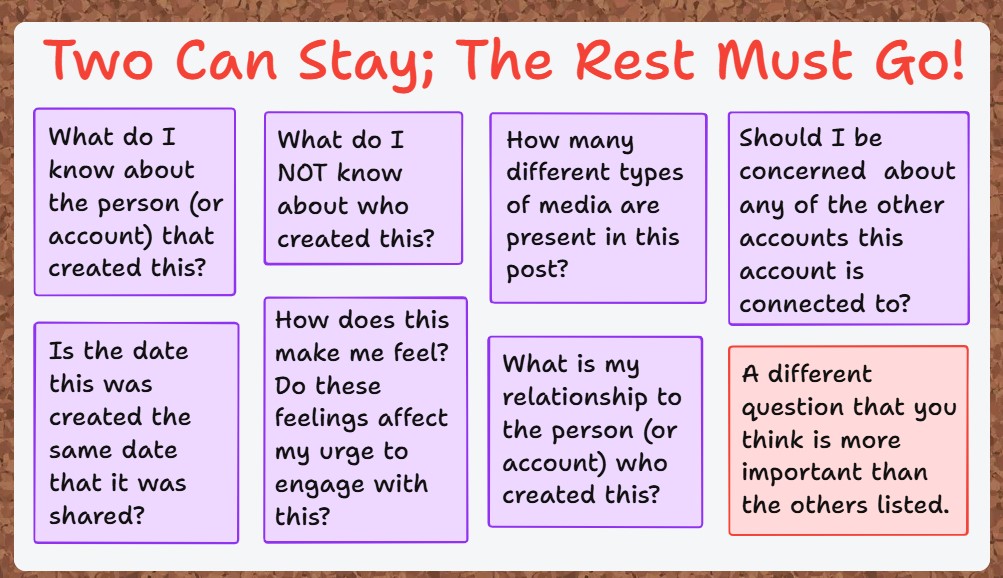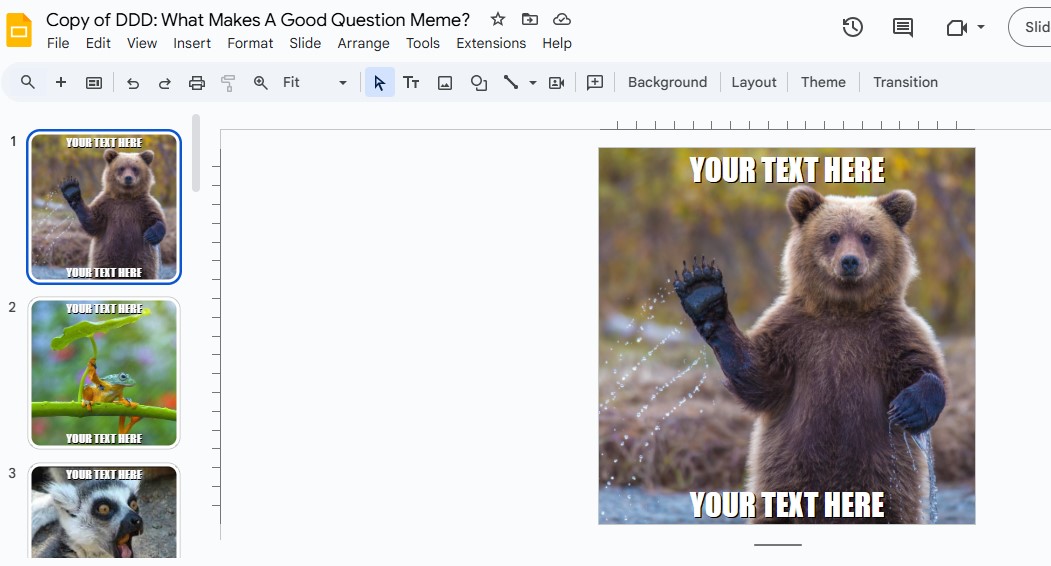
Teach this Lens: Forensics and More Questions, Less CRAAP (pages 39-42), Chapter 3 Recap
- There are three questions to ask yourself after managing any emotional response to the information and considering how your device affects your ability to evaluate credibility:
- What credibility red flags have you already identified in the information?
- What questions do these red flags raise? Or what questions must you be able to answer to determine if this information is trustworthy?
- What effect does the format of the information have on my investigation path?
- Digital content is difficult to evaluate because it can take more than one form, such as texts, videos, advertisements, inforgraphics, and photos. This requires digital detectives to be "transliterate", able to apply critical analysis across all types of media. This requires students to apply the lenses from this book.
- Instead of relying on checklists as strategies for information literacy, support young people in critical analysis of media by helping them ask the right questions.
Writing Good Questions
In the Evidence Locker, the mini-lessons for each grade band include one lesson on developing good questions.
Grades 4-5, Mini Lesson #1

Grades 6-8, Mini Lesson #1

Grades 9-12, Mini-Lesson #2

Use the links above to access the mini-lesson content, including the instructional materials provided as pictured. Be sure to read the Notes for the Teacher for the lesson purpose and instructions.
Complete the activities with students and then reflect with these materials and questions:
- Read the Teach With INFOhio Blog post Four Ways to Teach Media Literacy Everyday.
- How might you use your learning from this chapter to guide conversations about prioritizing this work in your school or district in every content area?

